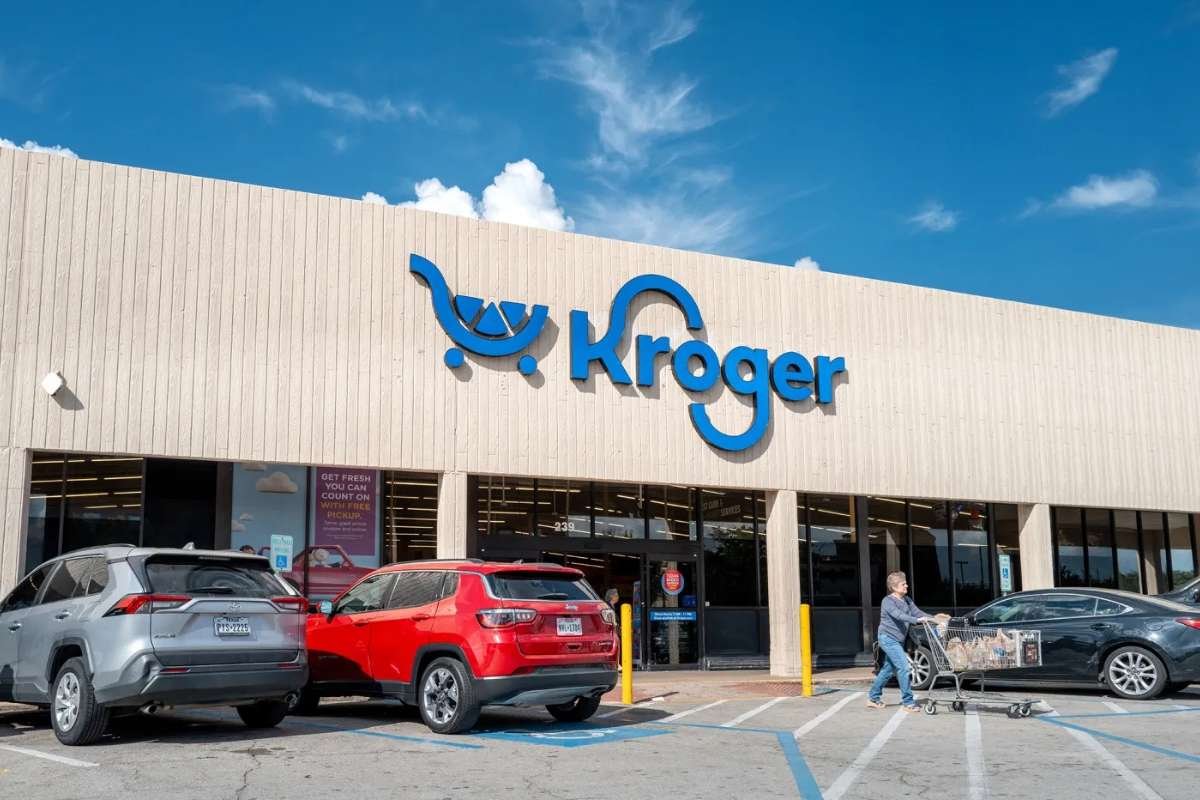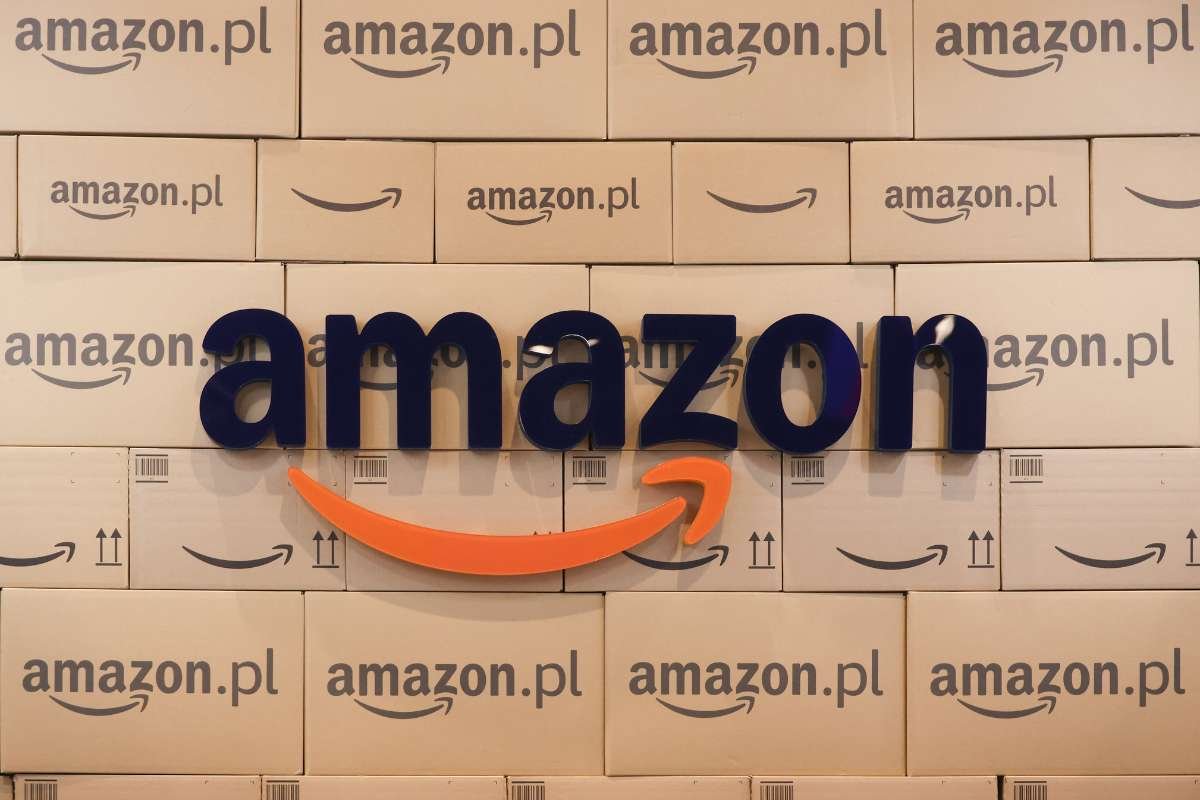Key Points:
- Kroger to close 3 Ocado centers, incurring a $2.6B one‑time charge.
- Shift to a hybrid e‑commerce model with third‑party delivery, aiming for +$400M profit by 2026.
- 5 centers remain operational; store operations and customer service are unaffected.
Kroger Co. is undergoing a significant operational shift as it prepares to shut down three of its automated fulfilment facilities early next year. The closures, which involve centers in Wisconsin, Maryland, and Florida, will result in a substantial one-time charge of approximately $2.6 billion in the company’s third-quarter results. The facilities being closed were built in collaboration with Ocado, a UK-based automation specialist, as part of Kroger’s earlier push to modernize its online grocery operations.
The company emphasized that the decision reflects a broader rethinking of its e-commerce model. Rather than relying heavily on fully automated, proprietary fulfilment hubs, Kroger is restructuring toward a more flexible ecosystem that integrates external delivery partners. This marks one of the company’s most notable strategic pivots since the surge in online grocery demand that followed the pandemic.
Economics Behind the Decision
Kroger to Close reassessment follows months of internal review triggered by shifting market conditions. Analysts note that the explosive growth in online grocery orders seen during the pandemic has tapered off, with customers steadily returning to in-store shopping. As a result, large automated warehouses, once viewed as the future of grocery fulfillment, have become harder to justify economically.
At the same time, Kroger has strengthened ties with delivery platforms such as Instacart, DoorDash, and Uber’s delivery arm. This hybrid model allows the company to scale its online fulfilment capacity without the high fixed costs associated with fully automated facilities. Kroger expects this restructured approach to contribute to an estimated $400 million improvement in its e-commerce profitability in fiscal 2026.
For Ocado, the closures come with financial implications as well. The company will receive more than $250 million in compensation while forecasting a reduction of roughly $50 million in services revenue next year.
Looking Ahead for Kroger and the Industry
Kroger to close facilities, but the company says the move will not affect core store operations or its ability to serve customers in the impacted regions. Five automated fulfillment centers located in Texas, Ohio, Michigan, Georgia, and Colorado will continue operations and remain part of Kroger’s long-term logistics network.
Industry observers view Kroger’s move as a broader signal about the evolving economics of grocery fulfilment. While automation promised efficiency gains, fluctuating order volumes and higher operational costs have prompted major retailers to reassess their strategies. Kroger’s pivot toward a blended model of traditional distribution, selective automation, and third-party delivery suggests that flexibility rather than full automation may be the future of large-scale grocery logistics.
As Kroger moves ahead with this revised model, analysts will be monitoring how the strategic shift affects customer experience, delivery speed, and overall profitability. The restructuring represents a crucial test of whether the company can balance digital convenience with operational efficiency in a post-pandemic retail landscape.
Visit The Enterprise World for the most recent information.


















